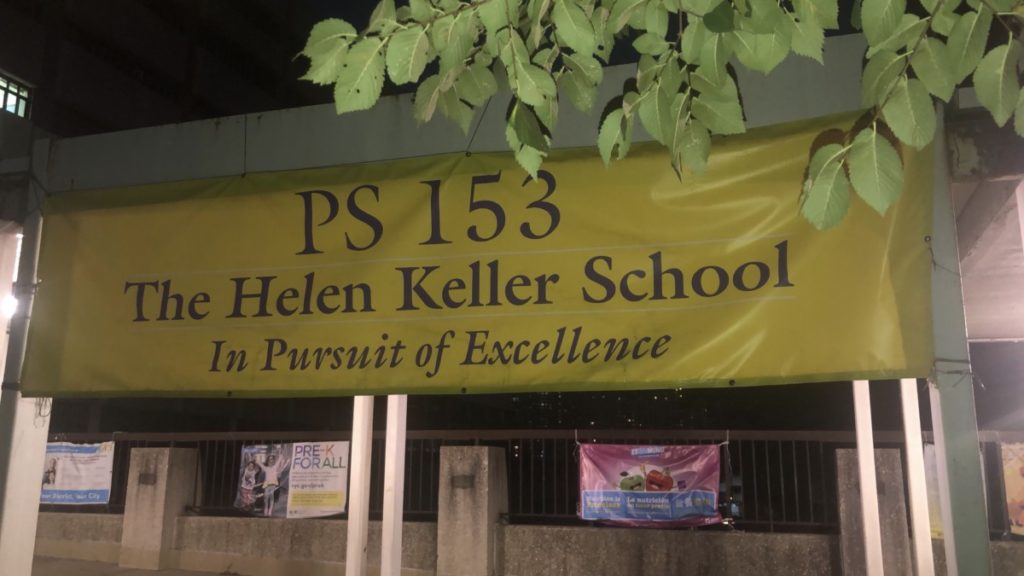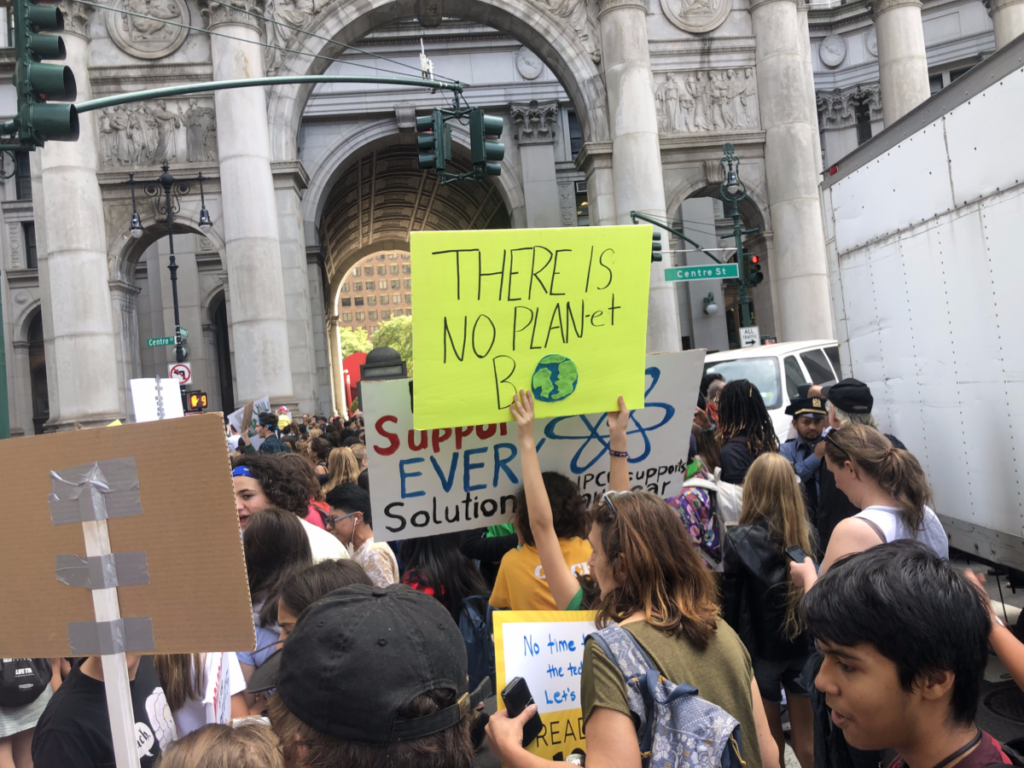Raymond Marte-Ventura, 23, stood at the window of his uncle’s motorcycle repair shop on Jerome Avenue near 175th Street on a weekday in October, watching the rain fall onto the bikes parked curbside. Business was slow in the shop, and the weather wasn’t letting up.
Marte-Ventura is the manager of Vent Bike Tech, a family business and the only motorcycle repair shop on the commercial avenue. It has existed for nearly seven years, all that time without a long-term lease. His uncle, Pedro Ventura, 63, rents the space on a month-to-month basis “as do most people in the neighborhood,” Marte-Ventura said.

Month-to-month rental agreements aren’t uncommon among commercial tenants in the Bronx, according to local business owners and the Association for Neighborhood Housing and Development, a non profit business group. They can exist without a written lease and allow for both the tenant and the landlord to back out with just 30 day’s notice. But the lack of a stable lease poses a challenge to business longevity.
In recent months, this problem has grabbed the attention of local elected officials. State Sen. Gustavo Rivera has introduced a bill for the next legislative session designed to ensure all “current and future commercial tenants are given a lease from a property owner.”
“This bill was conceived after hearing from small businesses in my district and learning that it is all too common for landlords to neglect providing a written set of terms for their tenants,” Sen. Rivera wrote in an email to The Bronx Ink. “We are increasingly seeing commercial landlords withhold leases from small businesses, especially in areas facing speculation and gentrification.”
Without a lease, commercial tenants have no established proof of tenancy, Rivera said.
A March 2019 report by the Association of Neighborhood Housing and Development showed that in Kingsbridge alone, 32% of immigrant small business owners do not currently have a lease. The report’s findings were based on a survey of 90 small business owners from four NYC neighborhoods, meaning that its results come from a relatively small number of Bronx business owners.
New York City’s Department of Small Business Services does not collect data on month-to-month rentals or small business lease agreements.
Though Marte-Ventura and his uncle are aware of the shortcomings of a month-to-month rental, they don’t waste any time worrying about the instability or the trickle of customers for the time being. “Good business outlasts anything,” said Marte-Ventura. Vent Bike Tech is typically less active in the fall and winter months, but picks up with the return of warm weather.
Still, the Vent Bike Tech circumstance isn’t ideal.
“It’s generally a terrible idea for a commercial tenant to be a month-to-month tenant,” said Darryl Vernon, a commercial and real estate attorney at Vernon & Ginsburg LLP. “They normally want to take a lease that’s long enough for them to know that if it didn’t get renewed, they’d be okay.”
There are several reasons why a commercial tenant would benefit from a long-term lease, including the investments they would make to the property to set up their business, Vernon said. Tenants are typically “spending a lot of money” to adjust the space according to their commercial needs, he said.
Ultimately, Vernon’s recommendation is for month-to-month tenants to avoid investing any money at all.
“They should be very, very careful,” he said.
____
Correction: Oct. 24, 2019
An earlier version of this article stated that Sen. Rivera was in the process of drafting a bill regarding small business leases, but the bill has already been introduced.





